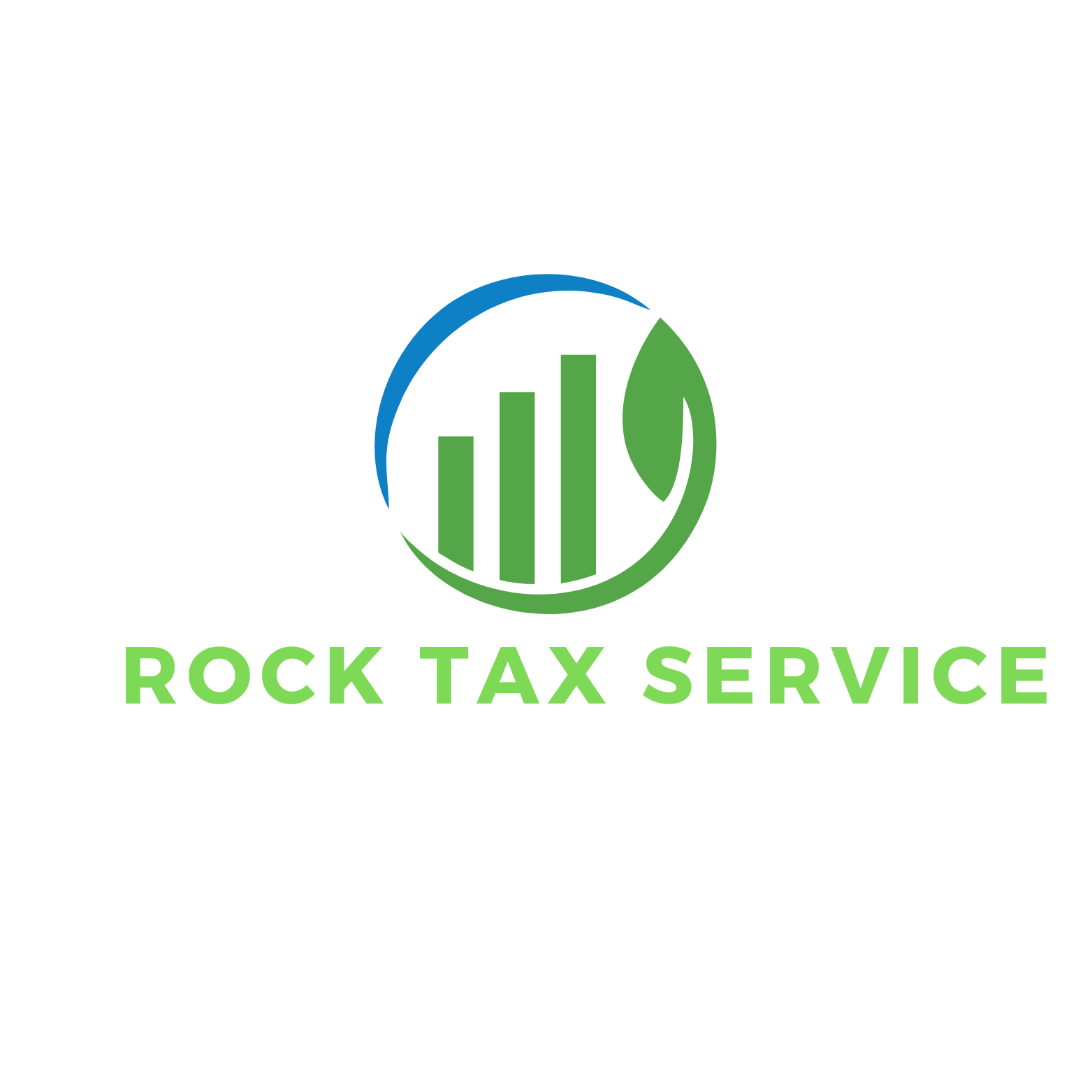
The proposed tax reform plan aims to stimulate economic growth, enhance equity, and simplify the tax code, creating a more efficient and fair taxation system. Below are the key features and expected outcomes of the plan.
Features
- Reduction in Corporate Tax Rates
- The plan proposes a significant reduction in corporate tax rates to encourage business investment and competitiveness on a global scale.
- Progressive Income Tax Adjustments
- Modifications to income tax brackets aim to alleviate the tax burden on middle-income earners while ensuring higher earners contribute a fair share.
- Simplification of Tax Code
- Streamlining tax regulations and eliminating loopholes to make filing easier for individuals and businesses.
- Incentives for Renewable Energy
- The introduction of tax credits for investments in renewable energy technologies to promote sustainable economic growth.
- Enhanced Child Tax Credit
- An increase in the child tax credit to provide additional support for families, reducing child poverty rates.
| Details |
| Progressive tax rates, increased standard deduction, expanded refundable tax credits |
| Reduced corporate tax rate, investment incentives for R&D and green technologies |
| Aligned tax rates with ordinary income, favorable rates for long-term holdings |
| Increased exemption thresholds, progressive rates for wealthier estates |
| Lower corporate taxes, investment incentives |
| Progressive tax system, expanded credits for lower-income families |
| Simplified tax code, closing loopholes |
| Simplification of tax code, enhanced transparency |
Tax reform has consistently been a tool used by governments to stimulate economic growth, address inequalities, and simplify the tax code. The United States has seen several major tax reforms over the years, each with its own set of goals and outcomes. This article explores these reforms, highlighting theirimpact on the economy and drawing lessons for future policy-making.
Major U.S. Tax Reforms
1. The Tax Reform Act of 1986
- Objective: Simplify the tax code, reduce tax rates, and eliminate loopholes.
- Key Features:
- Reduced the number of tax brackets from 15 to 2.
- Lowered the top individual tax rate from 50% to 28%.
- Raised the corporate tax rate slightly to 34%.
- Broadened the tax base by eliminating many tax shelters and preferences.
- Impact:
- Initially led to a more equitable tax system and increased tax compliance.
- Stimulated short-term economic growth.
- However, the long-term impact was mixed, with debates over increased deficits and income inequality.
2. The Economic Growth and Tax Relief Reconciliation Act of 2001 (EGTRRA)
- Objective: Provide tax relief, especially to middle-income families, and stimulate the economy.
- Key Features:
- Reduced income tax rates across the board.
- Increased the child tax credit.
- Phased out the estate tax.
- Impact:
- Contributed to economic growth in the early 2000s.
- Criticized for contributing to budget deficits.
- Benefited higher-income individuals disproportionately.
3. The Tax Cuts and Jobs Act of 2017
- Objective: Boost economic growth, increase job creation, and simplify the tax system.
- Key Features:
- Lowered the corporate tax rate from 35% to 21%.
- Doubled the standard deduction for individuals.
- Capped state and local tax deductions.
- Impact:
- Provided a short-term boost to the economy and stock market.
- Led to increased corporate profits and some wage growth.
- Critiques include increased deficits and limited long-term gains for average workers.
Lessons for Future Tax Reforms
- Balance Between Rates and Revenue:
- Lowering tax rates can stimulate growth, but it’s crucial to balance this with maintaining government revenue to fund public goods and services.
- Focus on Equity:
- Reforms should aim to reduce income inequality by ensuring that tax cuts benefit all income levels, not just the wealthy.
- Simplicity and Transparency:
- Simplifying the tax code can enhance compliance and reduce administrative costs, benefiting both taxpayers and the government.
- Incorporate Long-Term Vision:
- While short-term economic boosts are valuable, reforms should also focus on sustainable growth and fiscal responsibility.
- Incentives for Innovation:
- Including incentives for sectors like renewable energy can drive innovation and support the transition to a sustainable economy.
By studying past reforms, policymakers can craft tax legislation that supports economic growth, equity, and simplicity—creating a robust framework for future prosperity.
Expected Outcomes
- Increased Investment and Job Creation
- By lowering corporate taxes, the plan is expected to lead to increased investments by businesses, resulting in more job opportunities.
- Greater Economic Equality
- Progressive tax adjustments aim to reduce income inequality by ensuring that wealthier individuals contribute proportionately more.
- Simplified Tax Filing Process
- Simplification efforts are expected to reduce the time and resources spent on tax preparation, benefiting both taxpayers and the IRS.
- Boost in Renewable Energy Sector
- Tax incentives for renewable energy are projected to boost this sector, contributing to environmental sustainability and energy independence.
- Improved Family Welfare
- Enhancements to the child tax credit are anticipated to provide significant financial relief to families, promoting better living standards for children.
This comprehensive plan is designed to create a balanced approach that fosters economic growth while ensuring fairness and simplicity in the tax system.
